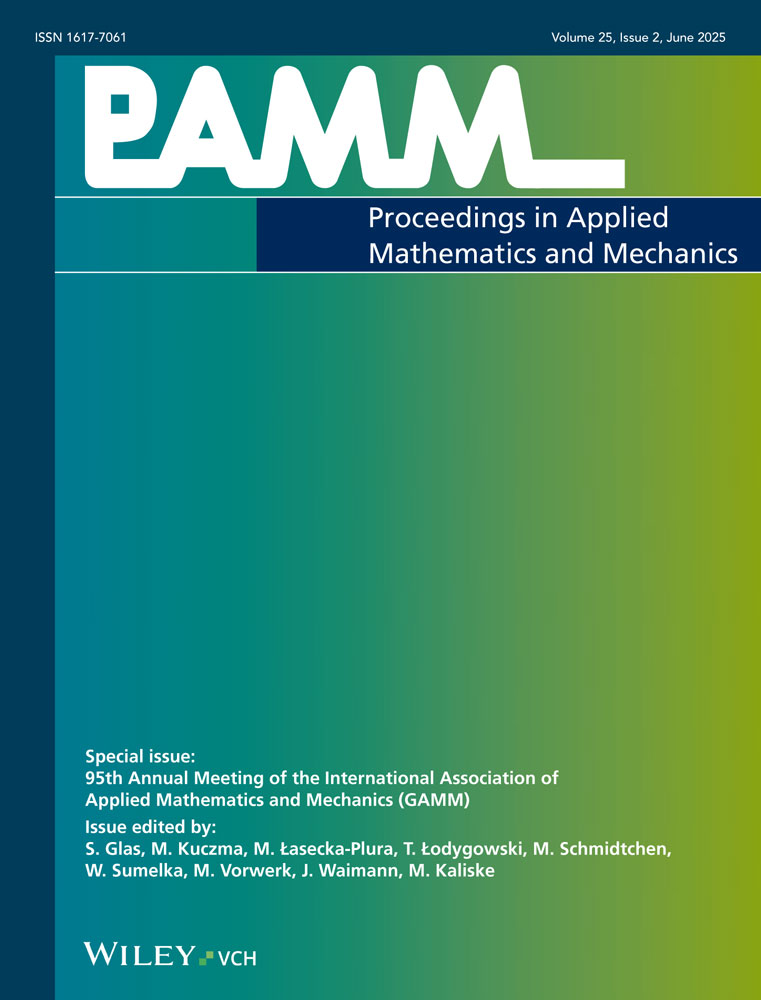Data-driven estimation of atomistic support for continuum stress using the Gaussian mixture model
Abstract
The notion of stress being an inherent continuum concept has been a matter of discussion at the atomistic level. The atomistic stress measure at a given spatial position contains a space averaging volume over nearby atoms to provide an averaged macroscopic stress measure. Previous work on atomistic stress measures introduce the characteristic length as an a priori given parameter. In this contribution we learn the characteristic length directly from the atomistic data itself. Central to our proposed approach is the grouping of atoms with highly similar values of position and stress into the same atomistic sub-population. We hypothesise that atoms with similar values for position and stress are those atoms which harbour the greatest influence over each other and therefore should be contained within the same space averaging volume. Consequently the characteristic length can be computed directly from the discovered sub-populations by averaging over the maximum extent of each sub-population. We motivate the Gaussian mixture model (GMM) as a principled probabilistic method of estimating the similarity between atoms within position-stress space. The GMM parameters are learnt from the atomistic data using the Expectation Maximization (EM) algorithm. To form a parsimonious representation of the dataset we regularise our model using the Bayesian Information Criterion (BIC) which maintains a balance between too few and too many atomistic sub-populations. We use the GMM to segment the atoms into homogeneous sub-populations based on the probability of each atom belonging to a particular sub-population. Thorough evaluation is conducted on a numerical example of an edge dislocation in a single crystal. We derive estimates of the space averaging volume which are in very close agreement to the corresponding analytical solution. (© 2012 Wiley-VCH Verlag GmbH & Co. KGaA, Weinheim)




